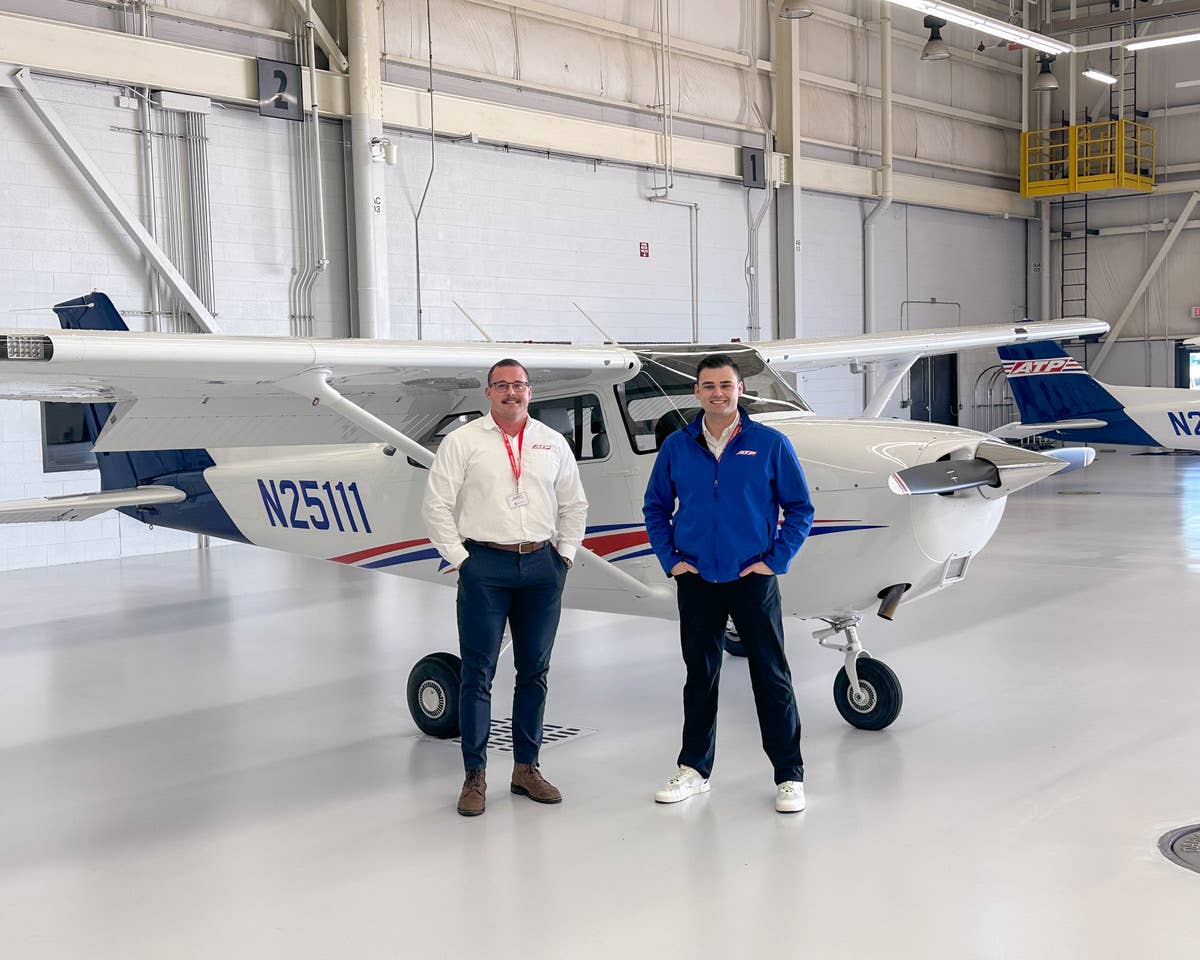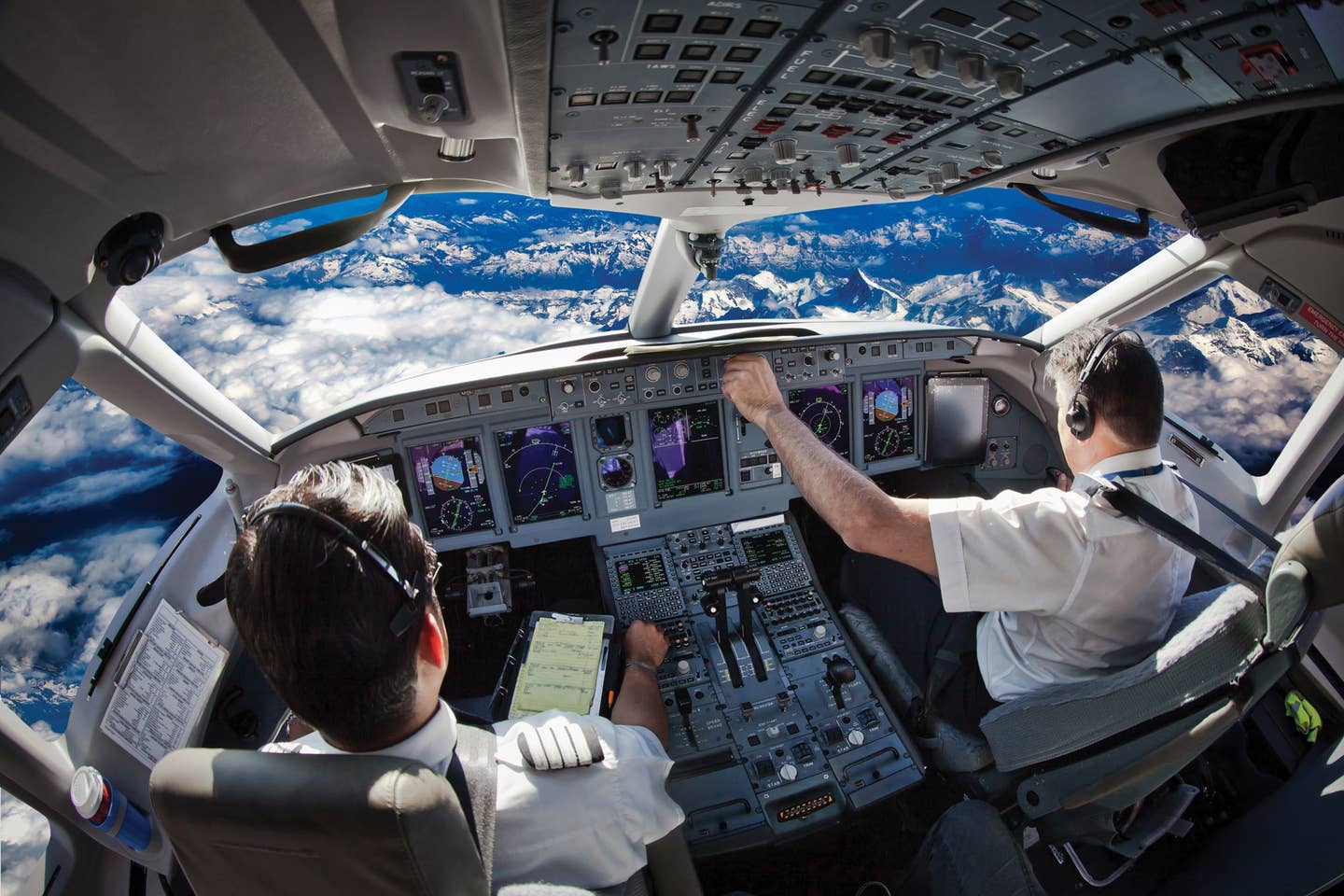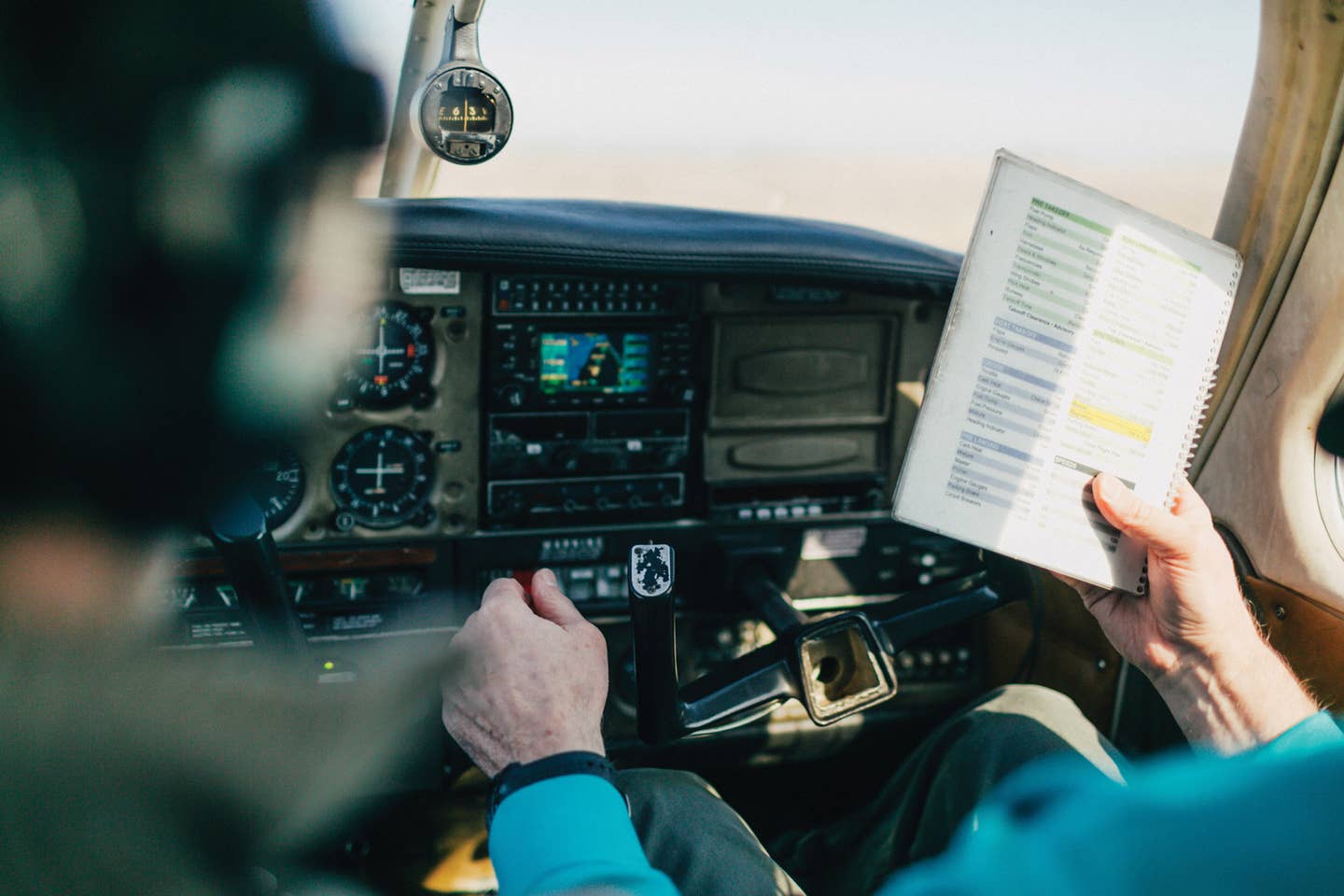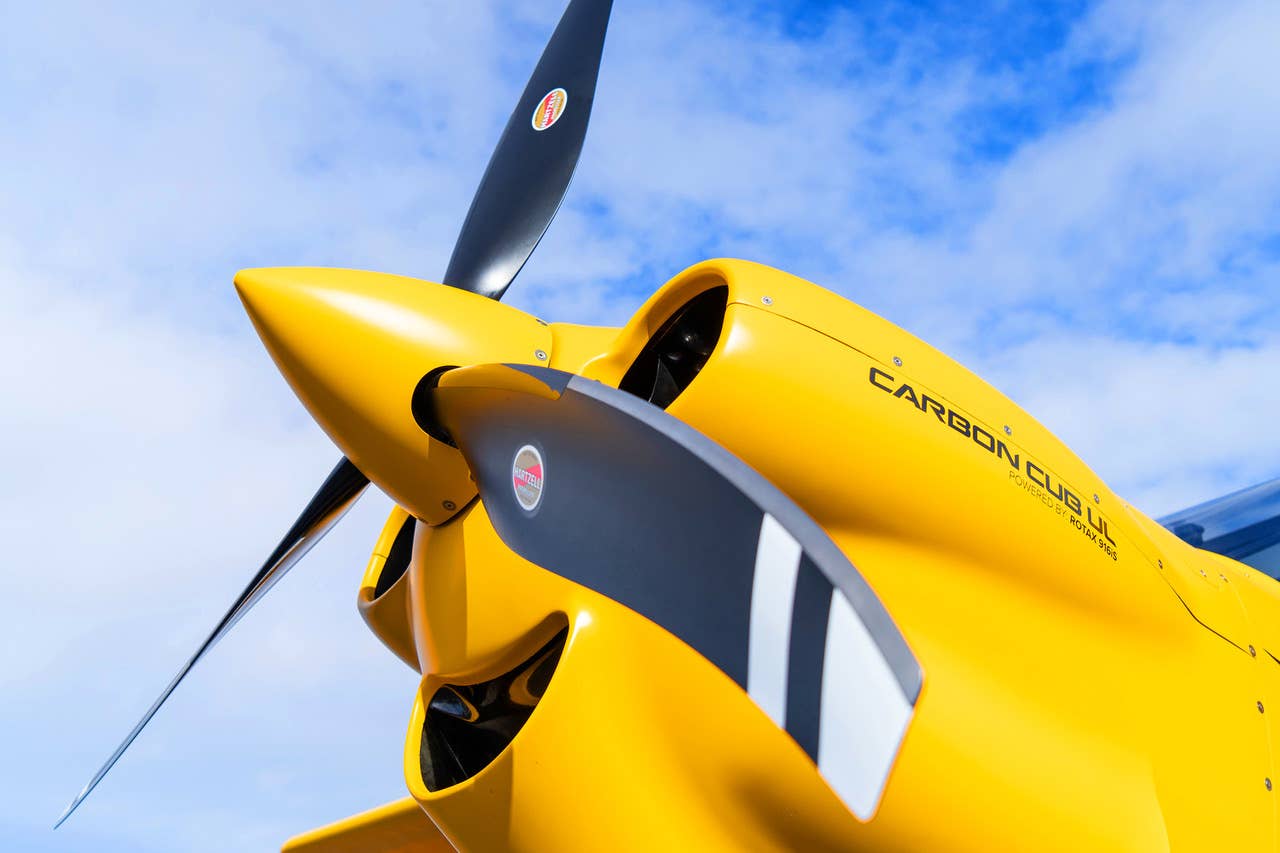Beech King Air 200
1 Uninjured
The pilot of the multiengine turbine-powered airplane departed on a positioning flight to a nearby airport to have the flaps examined. The pilot performed the landing checklist, which included extending the landing gear when the airplane was about 7 miles from the destination airport. Upon contacting the control tower, he was informed that the airplane was number two to land and was provided a vector for sequencing. After about 4 minutes, the pilot was instructed to turn toward the airport and cleared to land. The pilot stated that during his preparation for a no-flap landing, he forgot that he had retracted and not subsequently lowered the landing gear. During the landing flare, the control tower stated "gear" and he attempted to abort the landing; however, the airplane contacted the runway and slid to a stop, about 2,500 feet beyond the beginning of the runway. A fuel bladder leak resulted in a fire in the area of the left engine nacelle and substantial damage to the left wing. The pilot stated that he did not hear a landing gear warning horn prior to the accident. According to the airplane flight manual, the landing gear warning would activate intermittently with the gear not down below a certain power setting. Postaccident damage precluded a functional check of the landing gear warning system; however, the pilot stated that he utilized additional power during the no-flap landing and that he did not recall the specific power setting used. He further reported about 12,600 hours of total flight experience, which included about 955 hours in the same make and model as the accident airplane.
Probable Cause: The pilot's failure to properly configure the airplane's landing gear prior to landing, which resulted in a gear-up landing.
Cessna 172 Skyhawk
1 Fatal, 1 Serious
The student pilot had planned the instructional cross-country flight from his home base airport to another airport about 100 miles away with an intermediate stop to practice landings. However, just before departure, the flight instructor changed the destination to a different airport that was located further away and in mountainous terrain; however, he did not provide the student pilot time to plan the new flight route. No flight plan was filed nor was there any record of flight following for the accident flight. After conducting several landings at the intermediate airport, the flight proceeded toward the destination; the sun had set at this time. The instructor told the student to fly a heading of 240 degrees at 3,000 ft. mean sea level (msl). The student asked the instructor about terrain elevation in the area, and the instructor responded that he was not certain of the elevations because the airplane was not equipped with a G1000 navigation system. The student pilot reported that there were no aeronautical charts readily accessible while in flight to reference terrain elevation, and no aeronautical charts associated with the accident area were found in the accident airplane during postaccident examination. The aeronautical chart for the area showed a maximum elevation of 5,100 ft., and a mountain near the accident location with an elevation of 3,700 ft. The instructor then began to demonstrate the autopilot to the student, including various climb rates. The student stated that the airspeed began to decline and he asked the instructor if he should add power, which the instructor did. The student reported that the engine was operating normally and responded to power inputs. However, shortly thereafter, the airplane impacted a mountain at an elevation of about 3,100 feet msl, which was about 300 feet below the mountain peak. Ground scar and wreckage information indicated that the airplane impacted the terrain in a wings-level attitude on a near horizontal flight path. Postaccident examination of the airframe and engine revealed no evidence of any preimpact mechanical malfunctions or failures that would have precluded normal operation. Given the lack of onboard navigation charts for the area, the dark night conditions, and the instructor's decision to change the destination and not conduct preflight planning for that leg of the flight, the pilots were likely not aware of the altitude of the surrounding terrain, which resulted in controlled flight into rising terrain.
Probable Cause: The flight instructor's decision to conduct a night training flight in mountainous terrain without conducting or allowing the student to conduct appropriate preflight planning and his lack of situational awareness of the surrounding terrain altitude, which resulted in controlled flight into terrain.
Piper PA31 Navajo 2
1 Uninjured
The pilot reported during night visual meteorological conditions, he struck multiple birds at an altitude of about 300 to 400 feet above ground on final approach. The pilot continued the approach and landed without further incident. A postaccident examination revealed substantial damage to the right wing. The pilot reported there were no mechanical malfunctions or failures with the airplane that would have precluded normal operation.
Probable Cause: An inadvertent collision with birds during final approach at night.
Want to learn more about pilot safety and GA accident prevention? Visit our GA Accident & Pilot Safety archive.

Subscribe to Our Newsletter
Get the latest Plane & Pilot Magazine stories delivered directly to your inbox






